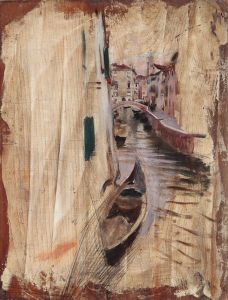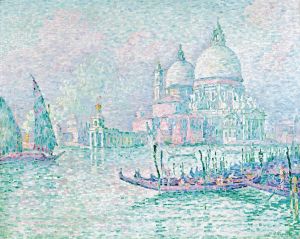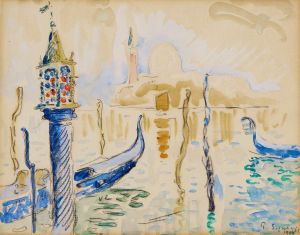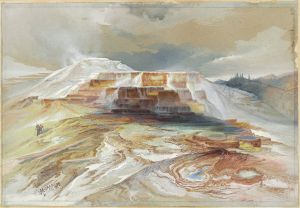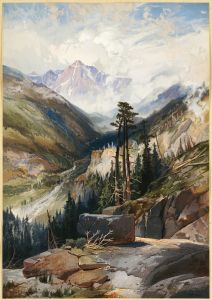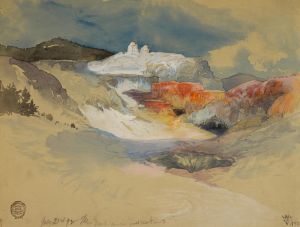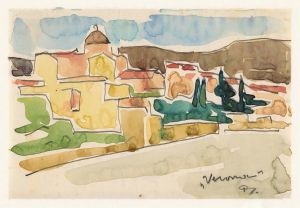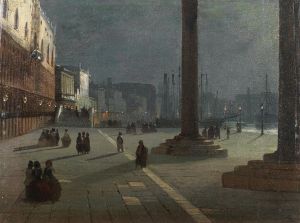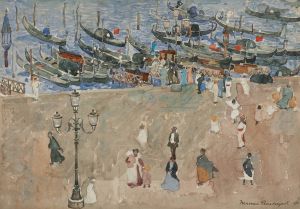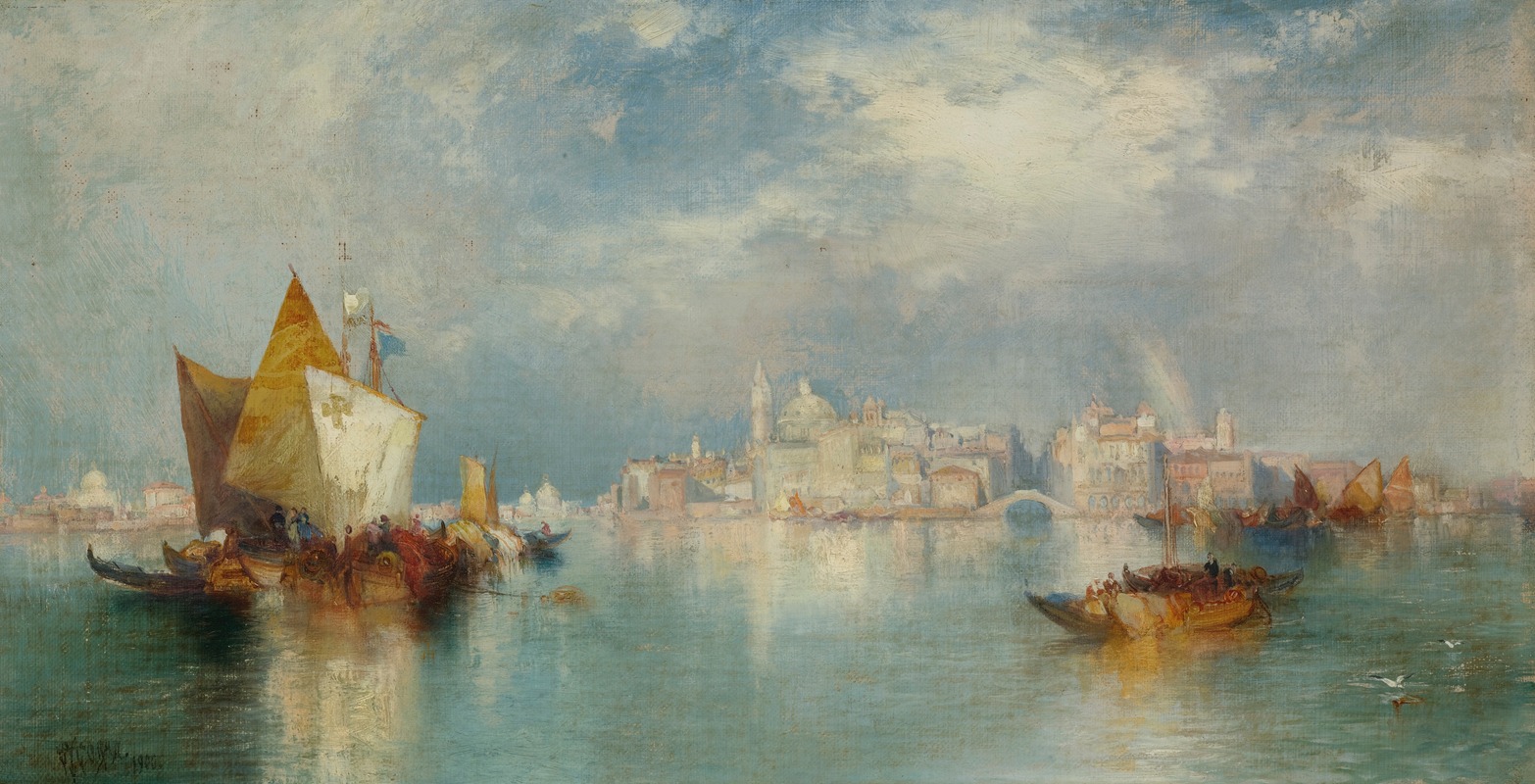
Venice
A hand-painted replica of Thomas Moran’s masterpiece Venice, meticulously crafted by professional artists to capture the true essence of the original. Each piece is created with museum-quality canvas and rare mineral pigments, carefully painted by experienced artists with delicate brushstrokes and rich, layered colors to perfectly recreate the texture of the original artwork. Unlike machine-printed reproductions, this hand-painted version brings the painting to life, infused with the artist’s emotions and skill in every stroke. Whether for personal collection or home decoration, it instantly elevates the artistic atmosphere of any space.
Thomas Moran's "Venice" is a captivating painting that exemplifies the artist's fascination with the interplay of light and color, as well as his ability to capture the essence of a place. Thomas Moran (1837–1926) was an American painter and printmaker of the Hudson River School in New York whose work often focused on the dramatic landscapes of the American West. However, his artistic interests were not confined to the United States; he also found inspiration in European locales, particularly Venice, Italy.
Moran's "Venice" is one of several works he created that depict the iconic city, renowned for its unique architecture, canals, and vibrant atmosphere. The painting captures a view of Venice that highlights its architectural grandeur and the shimmering effects of light on water, a subject that has fascinated many artists over the centuries. Moran's treatment of Venice is characterized by his use of vivid colors and attention to detail, which together create a sense of both realism and romanticism.
In this painting, Moran employs a palette that emphasizes the warm hues of the Venetian sunset, with rich oranges, pinks, and purples reflecting off the water and the facades of the buildings. The composition likely includes some of Venice's most recognizable landmarks, such as the domes and spires that punctuate the skyline, though specific buildings are not always easily identifiable in his work. Moran's brushwork is both precise and fluid, capturing the movement of water and the play of light with a deft hand.
Moran's interest in Venice was part of a broader trend among artists of the 19th century who were drawn to the city for its picturesque qualities and its historical and cultural significance. Venice, with its unique blend of Eastern and Western influences, offered a wealth of visual material for artists seeking to explore themes of beauty, decay, and the passage of time. Moran's interpretation of Venice is notable for its emphasis on the city's enduring beauty and its ability to inspire awe.
The painting reflects Moran's skill in combining elements of realism with a romantic sensibility. His attention to atmospheric effects and his ability to convey the mood of a scene are hallmarks of his style. While Moran is best known for his depictions of the American landscape, particularly the dramatic vistas of the Yellowstone region, his Venetian works demonstrate his versatility and his ability to capture the spirit of a place, whether it be the rugged wilderness of the West or the serene beauty of an Italian city.
Thomas Moran's "Venice" serves as a testament to his artistic range and his ability to find beauty in diverse settings. The painting is a celebration of Venice's timeless allure and a reflection of Moran's skill in rendering the interplay of light, color, and form. Through his work, Moran invites viewers to experience the magic of Venice, a city that has captivated the imaginations of artists and travelers alike for centuries.





